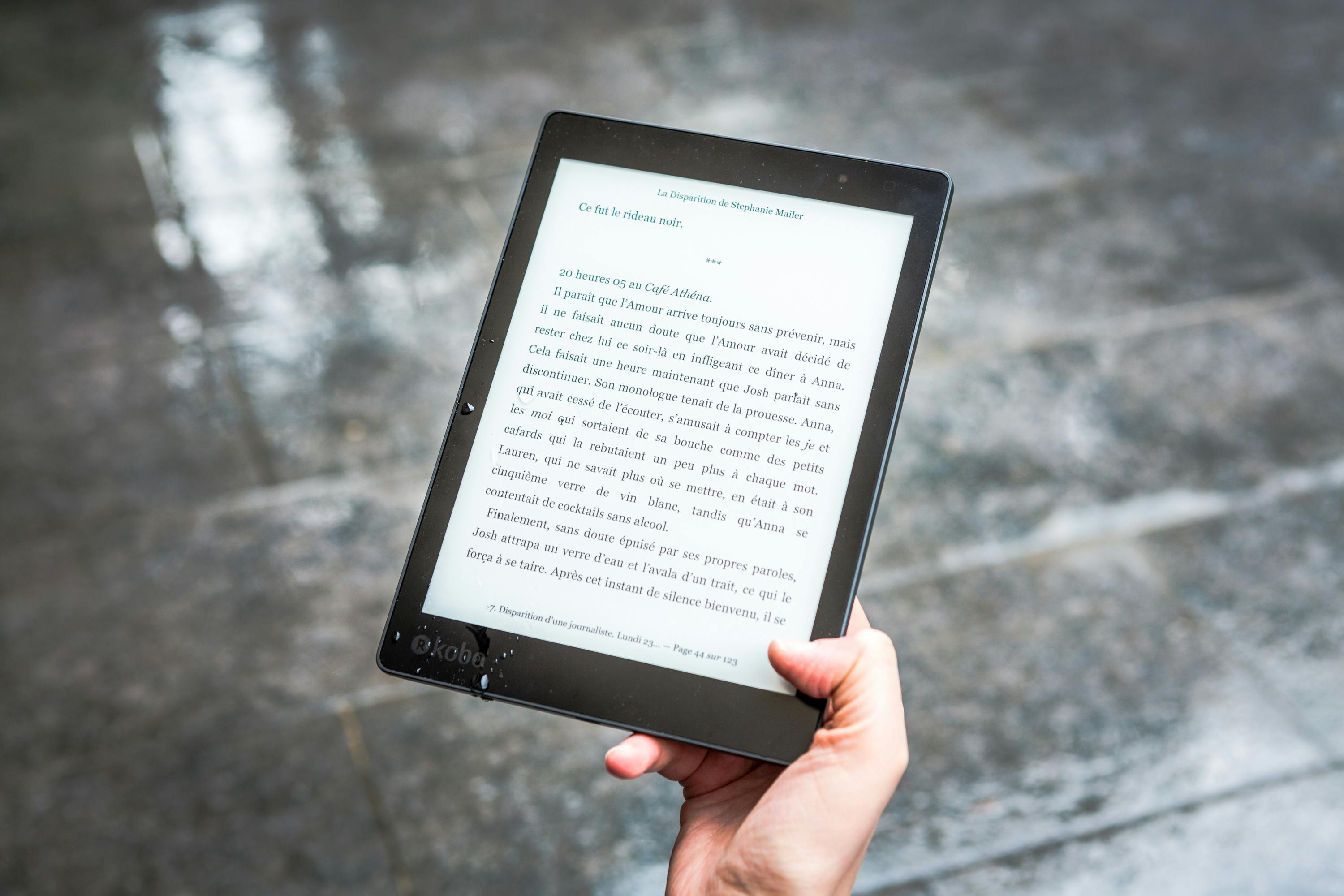"E-Ink Technology: Breathing New Life into the World of Displays"
In our ever-evolving digital world, E-Ink technology is reshaping our interaction with devices, offering a more natural and eye-friendly approach. Let's explore the birth of E-Ink, its current state, and what the future holds for this game-changing tech.

The Dawn of E-Ink
The foundation of E-Ink technology, also known as electronic paper, was laid in the 1970s at the Xerox Palo Alto Research Center. Scientists laid the groundwork for a display that could mimic the properties of ink on paper. However, it wasn’t until the late 1990s, that E-Ink Corporation brought the technology to the commercial market.
The introduction of this technology was revolutionary. E-Ink provided a low-power, sunlight-readable, and non-emissive display—quite a contrast to the LCD and LED screens we were accustomed to.
E-Ink Today: From E-Readers to Smartwatches
Fast forward to today, E-Ink technology is widely used in e-readers like Amazon’s Kindle, providing a reading experience akin to traditional paper books. The low-power consumption, combined with high visibility in direct sunlight, makes it a favorite among avid readers.
But the application of E-Ink technology doesn’t stop at e-readers. It has found its way into smartwatches, digital signage, and even smartphones. The YotaPhone, for instance, incorporated an E-Ink display on the back of the phone, offering a battery-friendly alternative to the traditional smartphone display.
The Price Point and Market Impact
E-Ink displays, while offering several advantages, tend to be more expensive than their LCD or LED counterparts. A basic E-Ink e-reader like the Kindle can start from around $90, with premium models going well beyond $300.
Despite the higher price point, the market for E-Ink displays is growing. According to MarketsandMarkets, the e-paper display market is projected to reach $1.5 billion by 2025, up from $1.1 billion in 2020. This growth is largely driven by the increasing adoption of e-readers, wearable devices, and digital signage.
The Future of E-Ink
Moving forward, the potential applications for E-Ink are vast. Innovations like colored E-Ink displays and flexible E-Ink screens are already making waves. Devices like the PocketBook Color and the Onyx Boox Poke2 Color have introduced colored E-Ink screens, opening the door for comic books, magazines, and children’s books to make the digital transition.
Moreover, the development of flexible E-Ink screens could revolutionize the form-factor of our devices, leading to rollable e-readers, wrap-around smartwatch screens, and more.
Wrapping Up
E-Ink technology, with its unique properties and potential for innovation, is changing the way we interact with our devices. With tech giants investing in research and development, and a growing market demand, the future looks bright for E-Ink. One thing’s for sure: our digital world is about to get a lot more ‘natural’.





